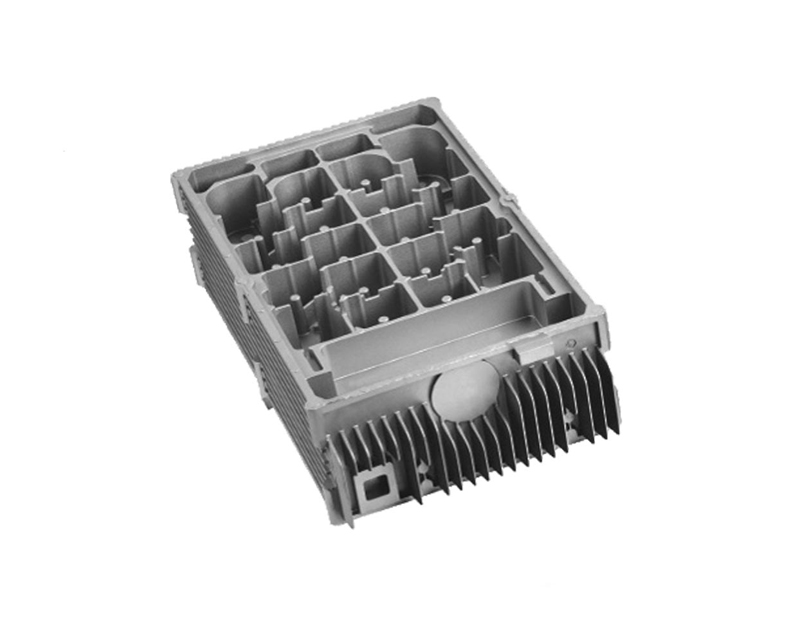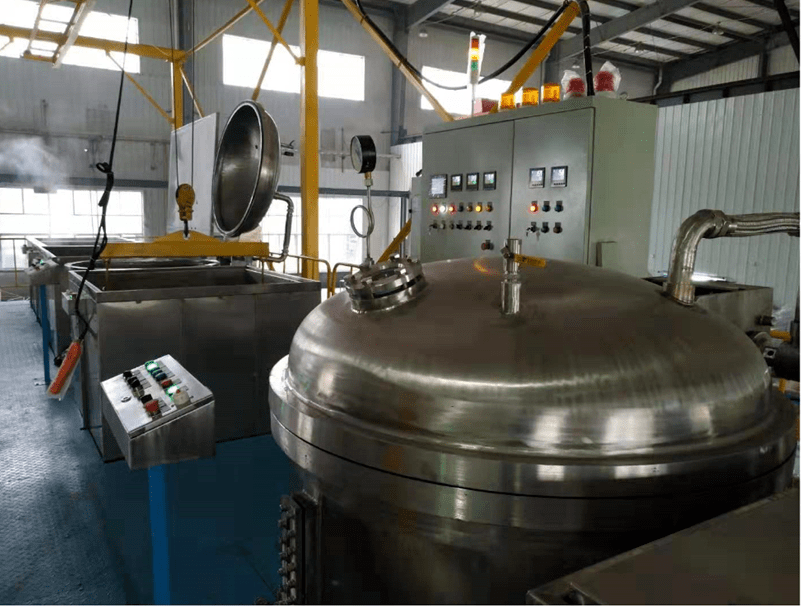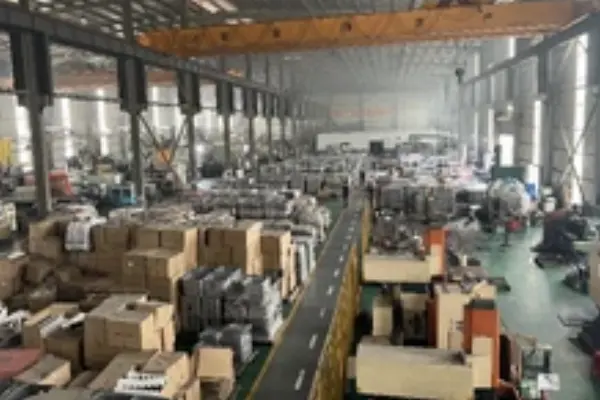

With the rapid development of die-casting technology, the die-casting industry has received corresponding attention. The diversified development of aluminum alloy die-casting has promoted the rapid application of the die-casting industry, especially the application of aluminum die-casting molds.
In the practical application of aluminum alloy die casting molds, people often do not understand the surface quality of aluminum die casting molds and its requirements. Let's take a quick look.
1. If there are no special regulations on the drawing, the settings of the die casting process, such as the position of the ejector pin, the position of the parting line, the position of the gate and the overflow, etc., shall be specified by the manufacturer. Otherwise, the settings should be indicated on the drawing or agreed upon by the supplier and the buyer
2. The surface of aluminum die casting mold that needs special processing, such as polishing, shot peening, chrome plating, coating, anodizing, chemical oxidation, etc., shall be indicated on the drawing or agreed by the supplier and the buyer.
3. Aluminum die casting molds are allowed to have defects such as scratches, dents, lack of flesh and net burrs. However, the degree and number of defects should be consistent with the agreed standards of the supply and demand parties.
4. The gate, flash, overflow, septum, and ejector pin traces of aluminum die casting molds should be cleaned up. But it is allowed to leave traces.
5. The casting mold is not allowed to have cracks, under-casting, looseness, bubbles and any penetrating defects.


